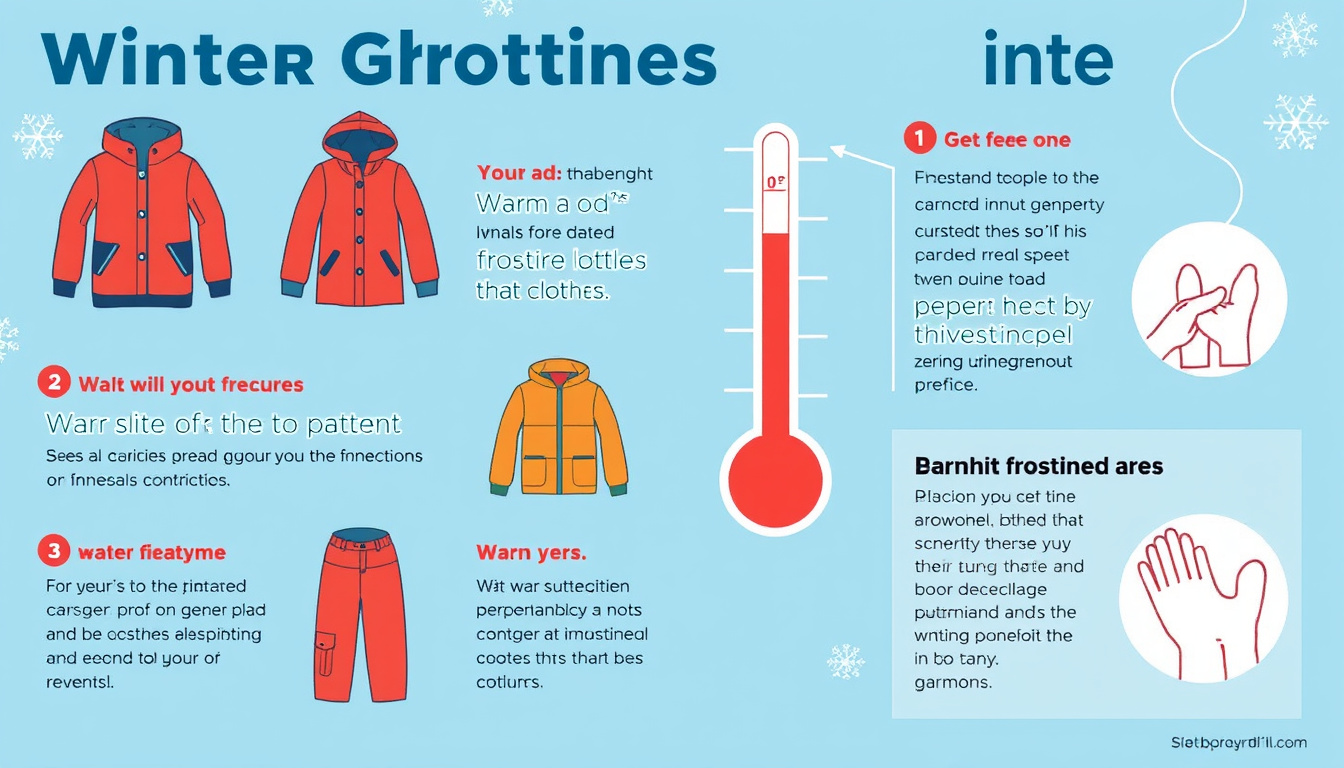**Title: **
As winter sets in and temperatures plummet, it is crucial to understand how to stay warm and safe when temperatures reach 0°F or lower. This chilling climate can pose serious health risks, particularly hypothermia and frostbite. Here, we offer a comprehensive guide to keeping yourself and your loved ones safe during extreme cold weather.
Understanding the Risks of Extreme Cold
When temperatures fall to freezing or below, the human body’s natural heat regulation can struggle. Chief among the risks at temperatures of 0°F or lower are:
-
Hypothermia: This occurs when the body loses heat faster than it can produce it, ultimately causing the core body temperature to drop below 95°F. Symptoms include shivering, confusion, slurred speech, and exhaustion.
-
Frostbite: This condition happens when skin and underlying tissues freeze, commonly affecting toes, fingers, ears, and the nose. Indicators include numbness, tingling, and changes in skin color.
Preparing for the Cold
To safeguard against these dangers, preparation is key:
-
Layering Clothing: Use multiple layers made of moisture-wicking materials next to the skin, insulating layers like fleece in the middle, and a waterproof outer layer. This method helps trap heat while allowing perspiration to escape.
-
Proper Footwear: Insulated, waterproof boots are essential, along with thick, moisture-wicking socks. Keep feet dry to prevent frostbite.
-
Accessorizing Wisely: Wear warm gloves or mittens, scarves, and hats that cover your ears. Approximately 30% of body heat can be lost through the head, so a good hat is essential.
-
Stay Dry: Wet clothing can quickly lead to hypothermia. Avoid cotton as it retains moisture and opt for water-repellent materials instead.

During Cold Exposure
If you must venture outdoors when temperatures are 0°F or below:
-
Limit Time Outside: Try to stay in your home as much as possible, especially during extreme cold alerts. If you must go outside, take frequent breaks indoors.
-
Recognize the Signs of Cold Stress: Be aware of the early warning signs of hypothermia (shivering, fatigue, confusion) and frostbite (numbness, white or grayish skin).
-
Keep Moving: Engaging in physical activity helps generate body heat. However, avoid over-exertion, which can lead to sweating and subsequent heat loss.
First Aid for Cold-Related Injuries
If you or someone else displays signs of hypothermia or frostbite, immediate action is necessary:
-
For Hypothermia:
- Call emergency services immediately if severe symptoms occur.
- Move the affected person to a warm environment.
- Remove any wet clothing and wrap them in warm blankets. Provide warm drinks if conscious and alert, but avoid caffeine and alcohol.
-
For Frostbite:
- Get the person indoors and remove any restricting clothing.
- Never rub the frostbitten area. Gradually warm the affected areas, ideally in warm (not hot) water.
- Seek medical help if blisters develop or the skin becomes dark and hard.
Conclusion
Cold temperatures can be dangerous, but with proper knowledge and preparation, you can significantly reduce your risk of cold-related health issues when the temperature drops to 0°F or lower. Stay equipped, stay informed, and prioritize warmth to safely navigate through the winter months.
>> Chest Freezer Reviews <<
>> Upright Freezer Reviews <<

